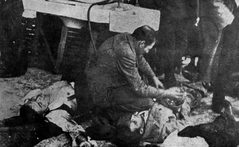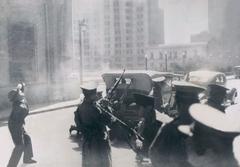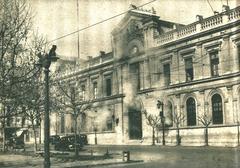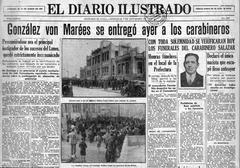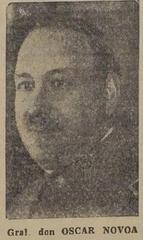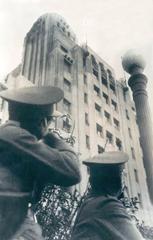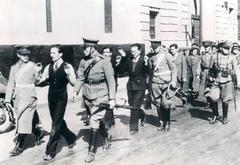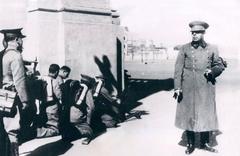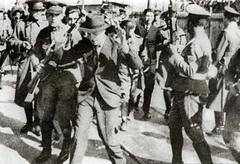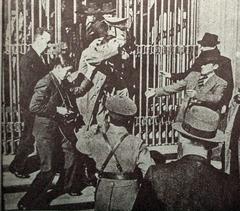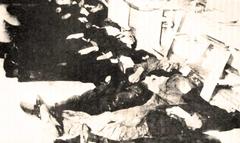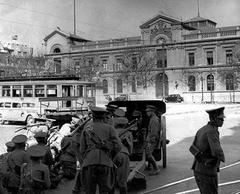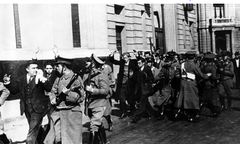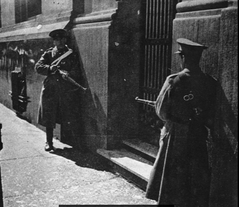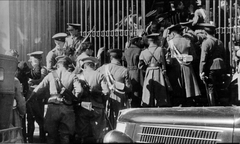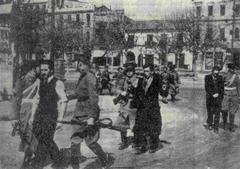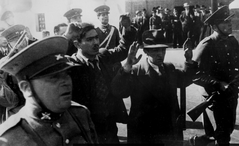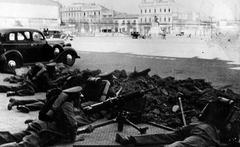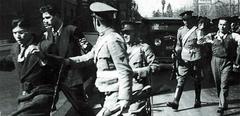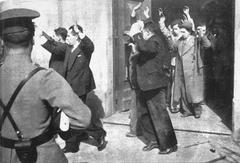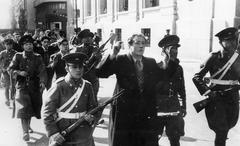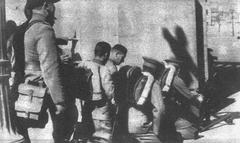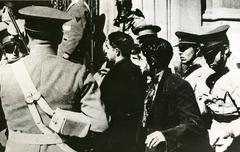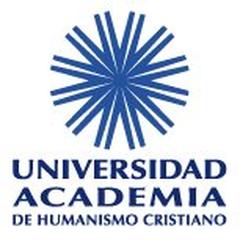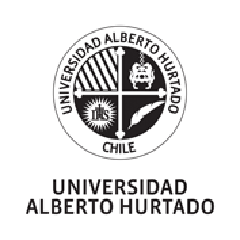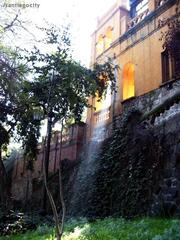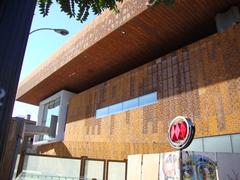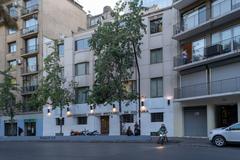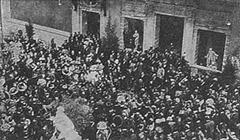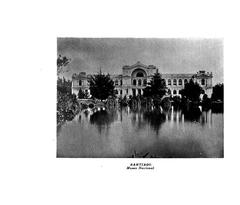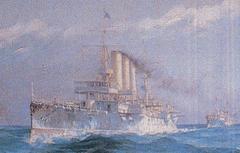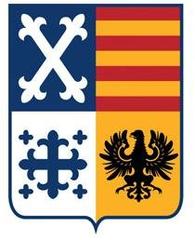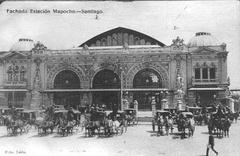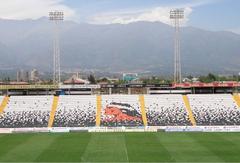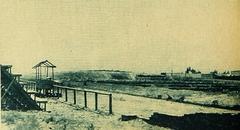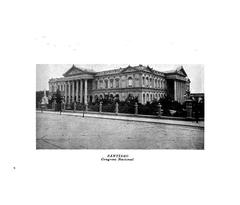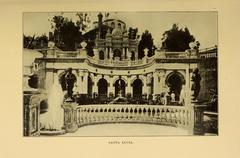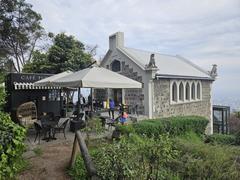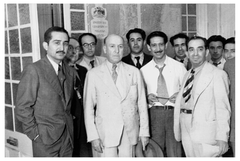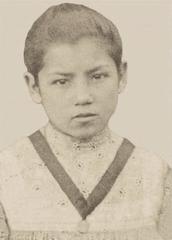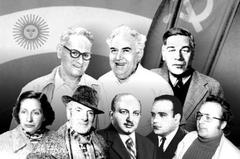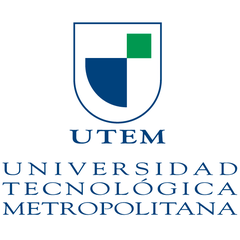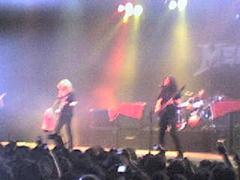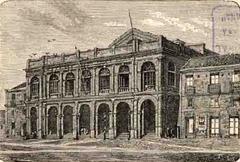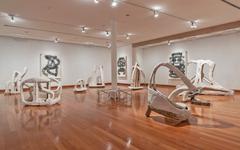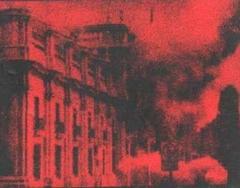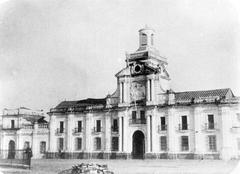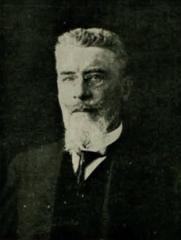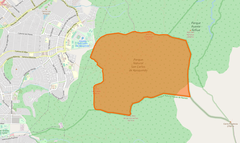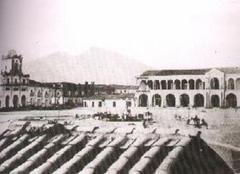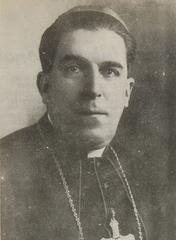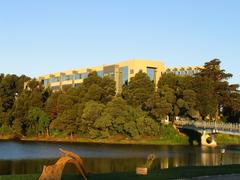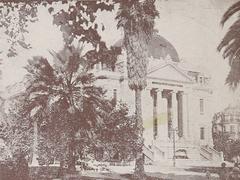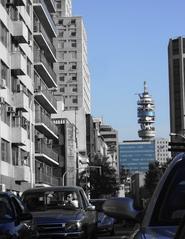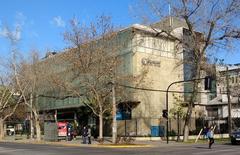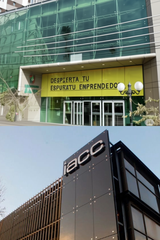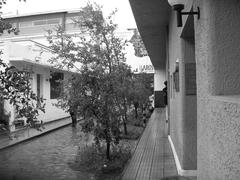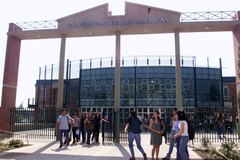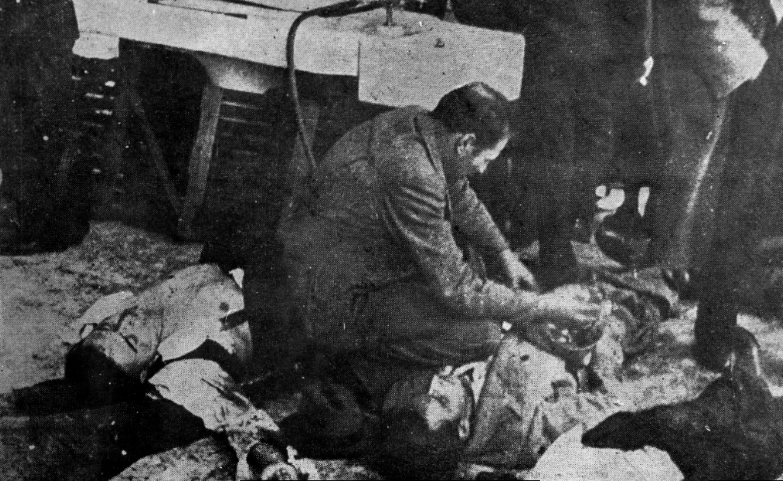
Seguro Obrero Massacre Site: Complete Visitor Guide to Hours, Tickets, and Historical Context in Santiago
Date: 15/06/2025
Introduction
The Seguro Obrero Massacre site in Santiago, Chile, stands as a solemn memorial to one of the nation’s most significant and tragic events. Situated at the intersection of Morandé and Moneda streets in the heart of downtown Santiago, the Seguro Obrero building—now home to the Ministry of Justice and Human Rights—marks the location where, on September 5, 1938, nearly 60 members of the National Socialist Movement of Chile were killed following a failed coup. Today, the site is a vital landmark for those seeking to understand Chile’s political evolution, offering free admission, guided tours, and exhibitions that highlight the importance of democracy and human rights.
This comprehensive guide provides everything you need to know for an enriching visit: historical background, cultural significance, practical visitor information, travel tips, and details on nearby attractions in Santiago.
Table of Contents
- Introduction
- Historical Background
- Cultural and Historical Significance
- Visitor Information
- Travel Tips
- Nearby Attractions
- Frequently Asked Questions (FAQ)
- Conclusion
- References and Official Links
Historical Background
On September 5, 1938, the Seguro Obrero building became the center of a violent episode in Chilean history. During a period of rising global fascism and intense domestic political strife, members of the National Socialist Movement of Chile (MNSCh) attempted a coup by seizing the Seguro Obrero building and the nearby Central University. After a tense standoff, the insurgents surrendered under assurances of safety. However, government forces responded with deadly force, resulting in the deaths of nearly 60 young insurgents. This event, now known as the Seguro Obrero Massacre, shocked the nation and had lasting repercussions on Chile’s political landscape (Ministry of Justice and Human Rights Chile).
Cultural and Historical Significance
The Seguro Obrero Massacre is commemorated annually as a reminder of the dangers of political extremism and the cost of intolerance. The building itself serves as a memorial, with plaques and exhibitions dedicated to the victims and the broader struggle for democracy and human rights in Chile. For history enthusiasts and cultural travelers alike, the site offers a space for reflection and dialogue about the nation’s turbulent past and ongoing commitment to human rights.
Visitor Information
Location and Accessibility
- Address: Morandé and Moneda streets, Santiago Centro, Santiago, Chile
- Transport: Easily reachable via Santiago Metro (La Moneda Station, Line 1)
- Accessibility: The building is fully wheelchair accessible, with ramps, elevators, and accessible restrooms available.
Opening Hours
- Tuesday to Sunday: 9:00 AM – 5:00 PM
- Closed: Mondays and public holidays
Tickets and Admission
- Entry: Free of charge for all visitors
Guided Tours and Special Events
- Guided Tours: Available on weekends and by appointment during weekdays. Tours provide detailed historical context and access to memorial exhibits. English-language tours can be arranged with prior notice.
- Special Events: Commemorative events are held annually around September 5th, the anniversary of the massacre. Additional lectures and temporary exhibitions may be scheduled throughout the year—check the Ministry of Justice and Human Rights Chile for updates.
Photography Policy
- Exterior: Photography of the building’s façade and outdoor memorial plaques is encouraged.
- Interior: Photography inside may be restricted during guided tours or special exhibitions; please consult your guide.
Travel Tips
- Arrive early, especially during special events or guided tour times, to avoid crowds.
- Wear comfortable footwear, as exploring the site and nearby attractions may involve walking.
- Check the official Ministry website or local tourism portals for the latest information on hours and events.
- Consider combining your visit with other nearby Santiago historical sites for a more comprehensive cultural experience.
Nearby Attractions
- Palacio de La Moneda: The Presidential Palace, located just across the street.
- Plaza de la Constitución: A prominent civic square adjacent to La Moneda.
- Museo de la Memoria y los Derechos Humanos: A museum dedicated to human rights and Chile’s recent history, approximately 20 minutes away by public transit.
- Plaza de Armas: Santiago’s historic main square, a short walk from the Seguro Obrero building.
- Cerro Santa Lucía: A central park and hill offering panoramic city views.
Frequently Asked Questions (FAQ)
Q: Is there an admission fee to visit the Seguro Obrero Massacre site?
A: No, admission is free for all visitors.
Q: What are the visiting hours for the Seguro Obrero building?
A: Open Tuesday to Sunday, from 9:00 AM to 5:00 PM; closed Mondays and public holidays.
Q: Are guided tours available in English?
A: Yes, guided tours in English are available with prior arrangement.
Q: Is the site wheelchair accessible?
A: Yes, the building provides ramps, elevators, and accessible restrooms.
Q: Can I take photographs inside the building?
A: Photography is permitted outside; inside, please follow the guidance of your tour leader or event staff.
Q: Are children allowed to visit the site?
A: Yes, but parental guidance is recommended due to the sensitive nature of the history.
Conclusion
The Seguro Obrero Massacre site is an essential stop for anyone interested in Chile’s history, political heritage, or human rights journey. Its central location, free admission, and accessibility make it inviting for a wide range of visitors. By exploring this memorial, you not only honor the memory of the victims but also gain deeper insight into the evolution of democracy in Chile.
Plan your visit during weekdays for the best access to tours and exhibitions, and consider attending commemorative events for a more profound connection with the site’s history. For further assistance, up-to-date scheduling, and official event announcements, consult the Ministry of Justice and Human Rights Chile and the Santiago Tourism Official Portal. To enhance your experience, download the Audiala app for self-guided tours, interactive maps, and the latest cultural updates.
References and Official Links
- Visiting the Seguro Obrero Building: History, Visitor Information, and Nearby Attractions in Santiago, 2025, Ministry of Justice and Human Rights (Ministry of Justice and Human Rights Chile)
- The Seguro Obrero Massacre: Visiting Hours, Tickets, and Exploring Santiago’s Historical Site, 2025, Santiago Tourism Official Portal (Santiago Tourism Official Portal)
- Seguro Obrero Massacre: Visiting Hours, Tickets, and Historical Insights in Santiago, 2025, Ministry of Justice and Human Rights (Ministry of Justice and Human Rights Chile)
